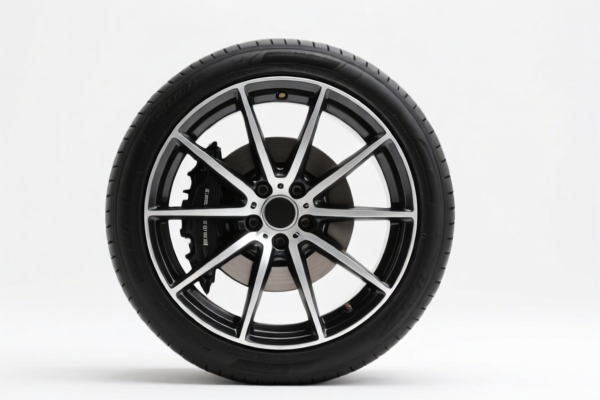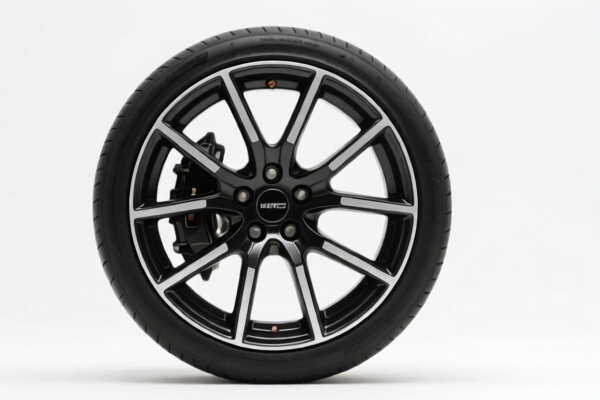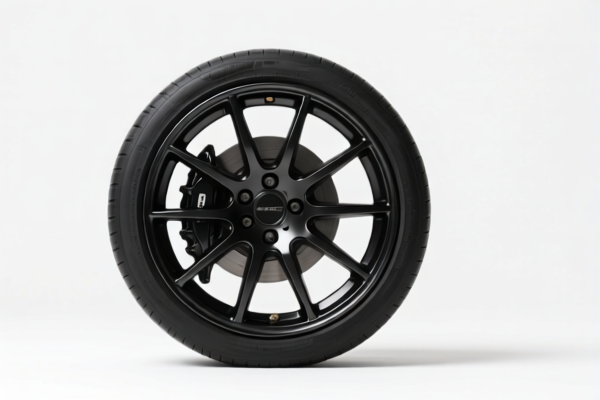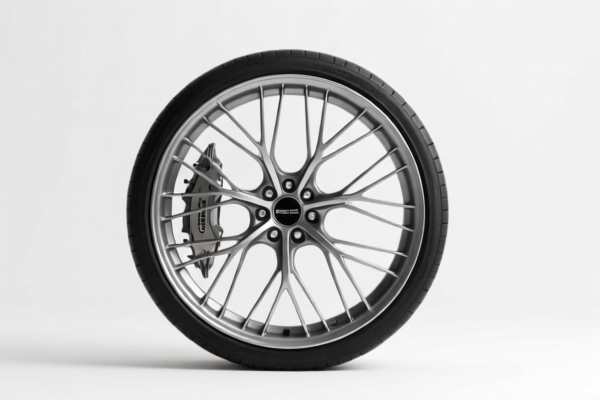| HS Code | Official Doc | Tariff Rate | Origin | Destination | Effective Date |
|---|---|---|---|---|---|
| 8607190300 | Doc | 55.4% | CN | US | 2025-05-12 |
| 8607191200 | Doc | 55.0% | CN | US | 2025-05-12 |
| 8530900000 | Doc | 55.0% | CN | US | 2025-05-12 |
| 8608000000 | Doc | 58.8% | CN | US | 2025-05-12 |
| 7326908688 | Doc | 82.9% | CN | US | 2025-05-12 |
| 7326908605 | Doc | 82.9% | CN | US | 2025-05-12 |
| 7325100080 | Doc | 55.0% | CN | US | 2025-05-12 |
| 7325995000 | Doc | 82.9% | CN | US | 2025-05-12 |
| 8708501110 | Doc | 55.0% | CN | US | 2025-05-12 |
| 8714930500 | Doc | 55.0% | CN | US | 2025-05-12 |
| 8714933500 | Doc | 65.0% | CN | US | 2025-05-12 |




Wheel Axle
A wheel axle is a central shaft for a rotating wheel upon which the wheel turns. It is a fundamental component of vehicles and machinery, enabling movement through rotation.
Material
Wheel axles are commonly manufactured from:
- Steel: Offers high strength and durability, suitable for heavy-duty applications. Alloy steels are often used for increased toughness and resistance to bending.
- Aluminum Alloys: Provides a lighter weight solution, frequently used in performance vehicles and bicycles.
- Stainless Steel: Offers corrosion resistance, ideal for marine applications or environments with exposure to moisture.
- Titanium Alloys: Used in high-performance applications where a very high strength-to-weight ratio is required, despite higher cost.
Purpose
The primary purpose of a wheel axle is to:
- Support the weight of the vehicle or load.
- Facilitate rotation of the wheel.
- Transmit power from the engine or motor to the wheels (in driven axles).
Function
Wheel axles perform several key functions:
- Rotation: Allows the wheel to spin freely around the axle's central axis.
- Load Bearing: Withstands the static and dynamic loads imposed by the vehicle's weight and external forces.
- Torque Transmission: In driven axles, transfers rotational force (torque) from the powertrain to the wheels, propelling the vehicle.
- Steering (in some axles): Some axles incorporate mechanisms for steering the vehicle.
Usage Scenarios
Wheel axles are found in a wide range of applications, including:
- Automobiles: Front and rear axles support the wheels and transmit power.
- Trucks and Buses: Heavy-duty axles designed for higher load capacities.
- Bicycles: Axles connect the wheels to the frame, enabling pedaling and steering.
- Trailers: Axles support the trailer's weight and facilitate movement.
- Industrial Machinery: Used in conveyor systems, forklifts, and other equipment.
- Railroad Cars: Axles support the wheels and transmit power to the rails.
Common Types
Several types of wheel axles exist, categorized by their function and design:
- Solid Axle: A single, rigid beam connecting both wheels. Common in older vehicles and heavy-duty applications. Offers strength but can negatively affect ride comfort.
- Independent Suspension Axle: Each wheel is connected to the vehicle frame independently, allowing for greater ride comfort and handling. Examples include:
- Stub Axle: A short axle connected to a wheel hub and suspension components.
- Half Axle: Used in independent rear suspension systems, transmitting power to the wheels.
- Floating Axle: The axle shafts do not bear the weight of the vehicle; the load is supported by the axle housing. Common in heavy-duty trucks.
- Live Axle: Transmits power to the wheels.
- Dead Axle: Does not transmit power; used for trailing or steering wheels.
- Beam Axle: A simple, robust axle consisting of a single beam connecting the wheels.
The declared goods, “wheel axle,” refer to a central component used in railway/tramway rolling stock, motor vehicles, and potentially agricultural tractors. These axles provide rotational support for wheels, enabling movement. They can be supplied with or without differential components, and may be constructed from various materials including iron, steel, or aluminum alloy.
The following HS codes are relevant based on the provided reference material:
- 8607190300: Parts of railway or tramway locomotives or rolling stock: Truck assemblies, axles and wheels, and parts thereof: Other, including parts: Axles and parts thereof: Axles. This code specifically covers axles used in railway or tramway applications. The total tax rate is 55.4% (0.4% basic tariff + 25.0% additional tariff, increasing to 30.0% after April 2, 2025).
- 8607191200: Parts of railway or tramway locomotives or rolling stock: Truck assemblies, axles and wheels, and parts thereof: Other, including parts: Wheels and parts thereof, and any of such wheels or parts imported with axles fitted in them: Wheels, whether or not fitted with axles. This code applies to wheels, potentially supplied with axles, for railway or tramway rolling stock. The total tax rate is 55.0% (0.0% basic tariff + 25.0% additional tariff, increasing to 30.0% after April 2, 2025).
- 8708501110: Parts and accessories of the motor vehicles of headings 8701 to 8705: Drive-axles with differential, whether or not provided with other transmission components, and non-driving axles; parts thereof: Drive-axles with differential, whether or not provided with other transmission components, and non-driving axles: For tractors (except road tractors): For tractors suitable for agricultural use Drive axles with differential, whether or not provided with other transmission components. This code covers drive axles with or without differentials for agricultural tractors. The total tax rate is 55.0% (0.0% basic tariff + 25.0% additional tariff, increasing to 30.0% after April 2, 2025).
- 8714930500: Parts and accessories of vehicles of headings 8711 to 8713: Other: Hubs, other than coaster braking hubs and hub brakes, and free-wheel sprocket-wheels: Hubs: Aluminum alloy hubs with a hollow axle and lever-operated quick release mechanism. This code applies to aluminum alloy hubs with specific features, which include a hollow axle. The total tax rate is 55.0% (0.0% basic tariff + 25.0% additional tariff, increasing to 30.0% after April 2, 2025).
- 8714933500: Parts and accessories of vehicles of headings 8711 to 8713: Other: Hubs, other than coaster braking hubs and hub brakes, and free-wheel sprocket-wheels: Hubs: Other: Other. This code covers other types of hubs. The total tax rate is 65.0% (10.0% basic tariff + 25.0% additional tariff, increasing to 30.0% after April 2, 2025).
It is important to note that the applicable HS code depends on the specific characteristics of the axle, including its intended use (railway, motor vehicle, or tractor), whether it includes a differential, and the materials used in its construction. If the axle is rod-shaped, HS code 7326908605 may also be relevant.
Regarding HS code 7326908688 and 7326908605, please note the 25% additional tariff applicable to steel and aluminum products.
Customer Reviews
No reviews yet.